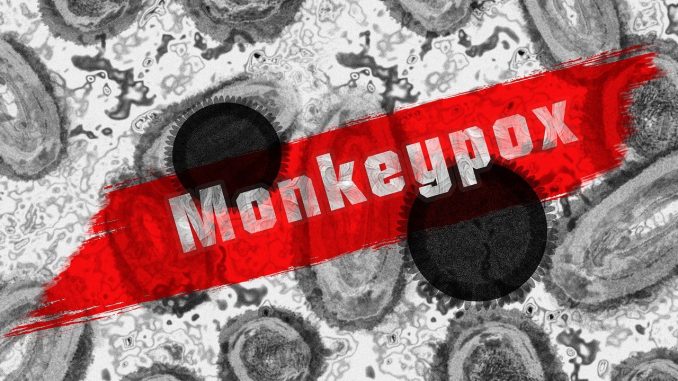
Monkeypox is an emerging disease, which occurs mainly in the rainforest areas of central and western Africa, with occasional cases exported abroad, particularly to Europe. A source within the Directorate of Epidemiology and Control of Infectious Diseases told us that there is no reason to worry for the moment.
The Department of Khalid Ait Taleb has developed a document that establishes a roadmap to monitor this emerging disease with all available information.
Regarding symptoms, they are numerous and resemble those observed in the past in smallpox patients, although they are clinically less severe. Severe cases occur more frequently in children and are related to the extent of exposure to the virus, the health status of the patient, and the nature of the complications.
The Department of Health has established a few indicators that a patient has the disease. A suspected case is recognized as such when a person presents a rash, vesicular or vesiculo-pustular, with a fever higher than 38°C.
The incubation period varies from 6 to 13 days in general but can be from 5 to 21 days. The infection goes through two periods, namely the invasion period, which lasts up to 5 days, during which the patient may experience fever, intense headache, adenopathy, back pain, and intense asthenia. Probable cases are those who have had contact with a confirmed case within 21 days prior to the onset of symptoms.
All suspected or probable cases should be immediately reported to the provincial/prefectural health authority of the health facility (public or private) where the physician made the diagnosis. This leads to an epidemiological investigation by the provincial or regional delegations of the Ministry of Health.
The Ministry has established a protocol for the management of both suspected and confirmed cases. Suspected cases must undergo a medical consultation in addition to a thorough questioning and clinical examination. Even if the case is suspected, it is automatically subjected to self-isolation for a period of two weeks, with strict compliance with hygiene measures. On the other hand, confirmed cases are systematically hospitalized in isolation in a dedicated room, for a period of 3 weeks from the date of the first symptoms.
For diagnosis, the Ministry recommends the PCR test. Screening is performed on skin lesion samples. Serological and antigenic tests are not appropriate, the document says, pointing out that such tests are not recommended by the WHO.
In terms of treatment, patients receive an antiviral agent known as TECOVIRIMAT. This drug was developed for smallpox and was approved by the European Medical Association (EMA) for Monkeypox in 2022 based on data from animal and human studies. It should be noted that this treatment is not yet widely available.
Unlike Covid-19, which required a new vaccine, one is already available for monkeypox. Vaccination against smallpox has been shown in several observational studies to be approximately 85% effective. However, at present, the original (first-generation) smallpox vaccines are no longer available to the general public, the paper notes, adding that an even newer vaccine based on an attenuated vaccinia virus has been approved for Monkeypox prevention in 2019. This is a two-dose vaccine that remains limited in availability
Regarding human-to-human transmission of this disease, the paper states that it can result from close contact with respiratory secretions or skin lesions of an infected person, or recently contaminated objects.
“Respiratory droplet transmission usually requires prolonged face-to-face contact, which would put health workers and members of the same household at greater risk,” the document said.

Be the first to comment